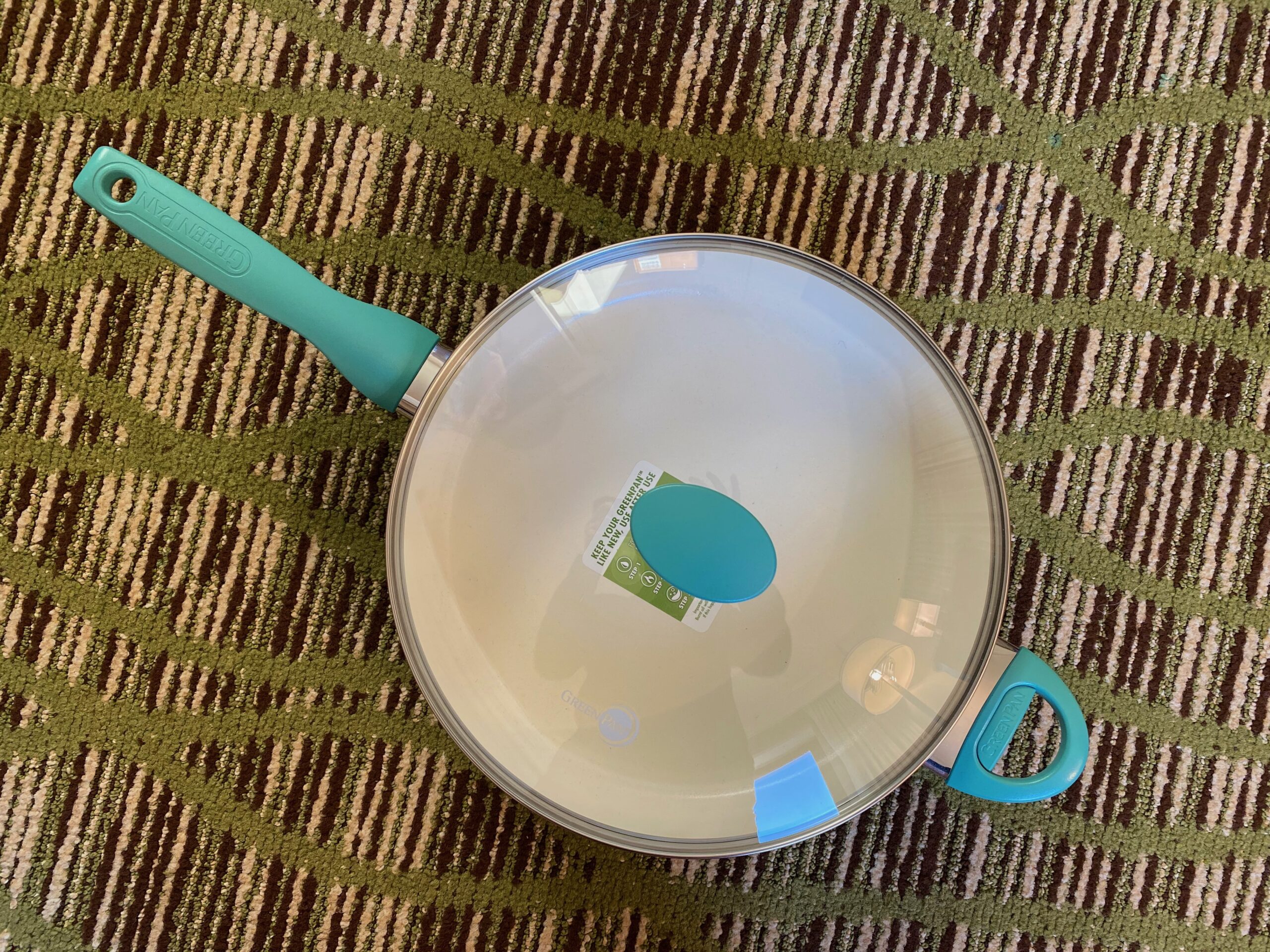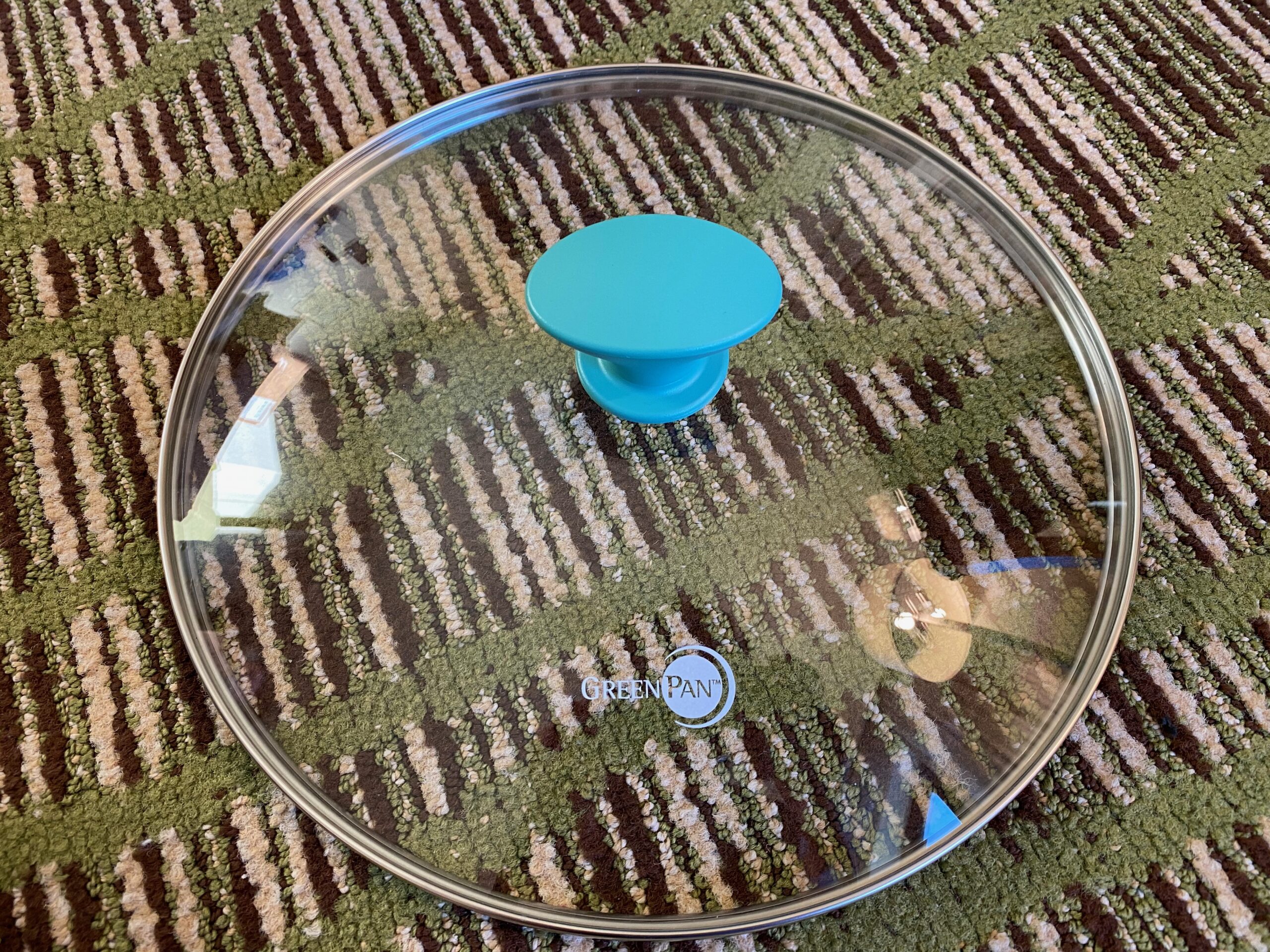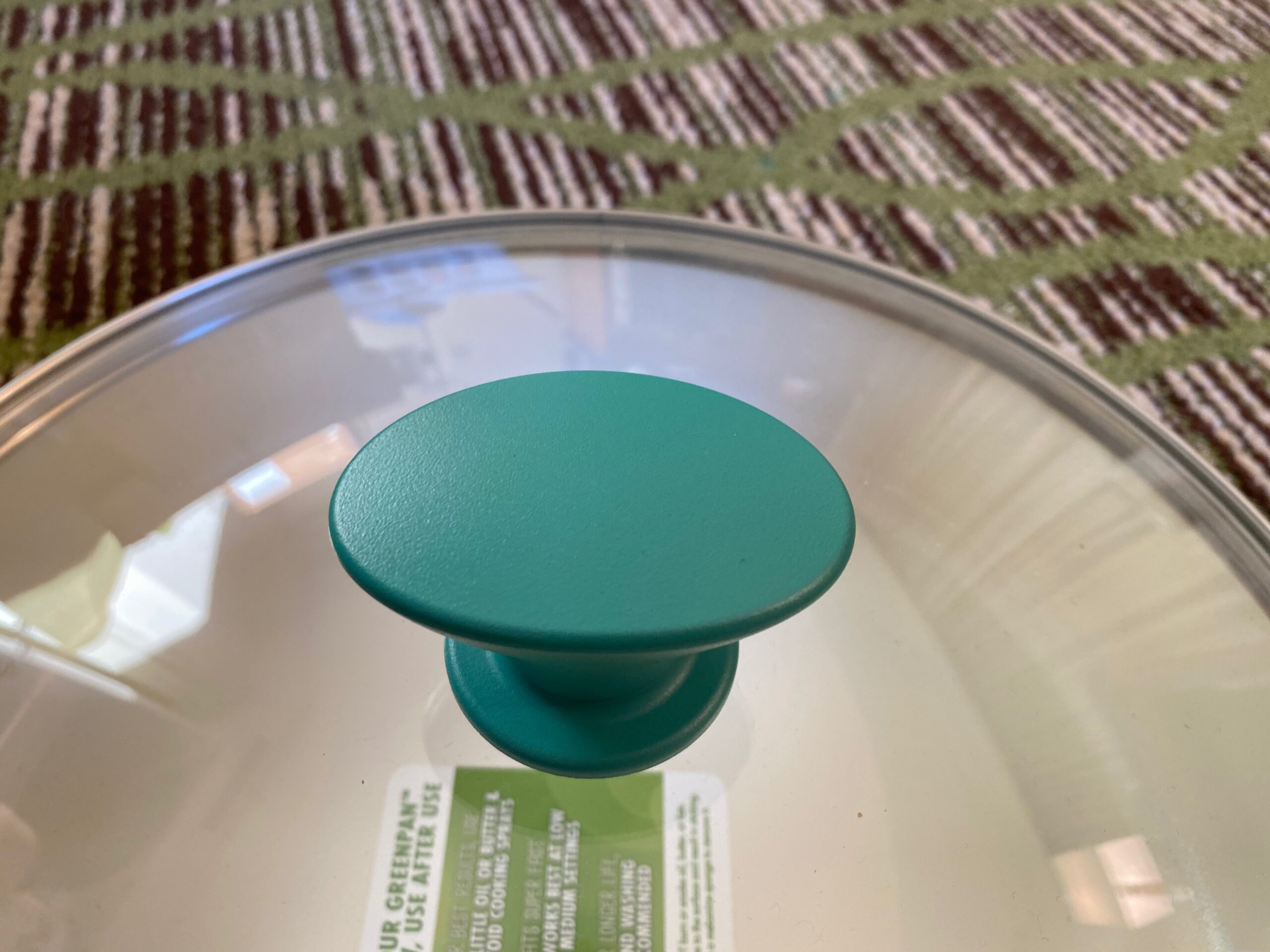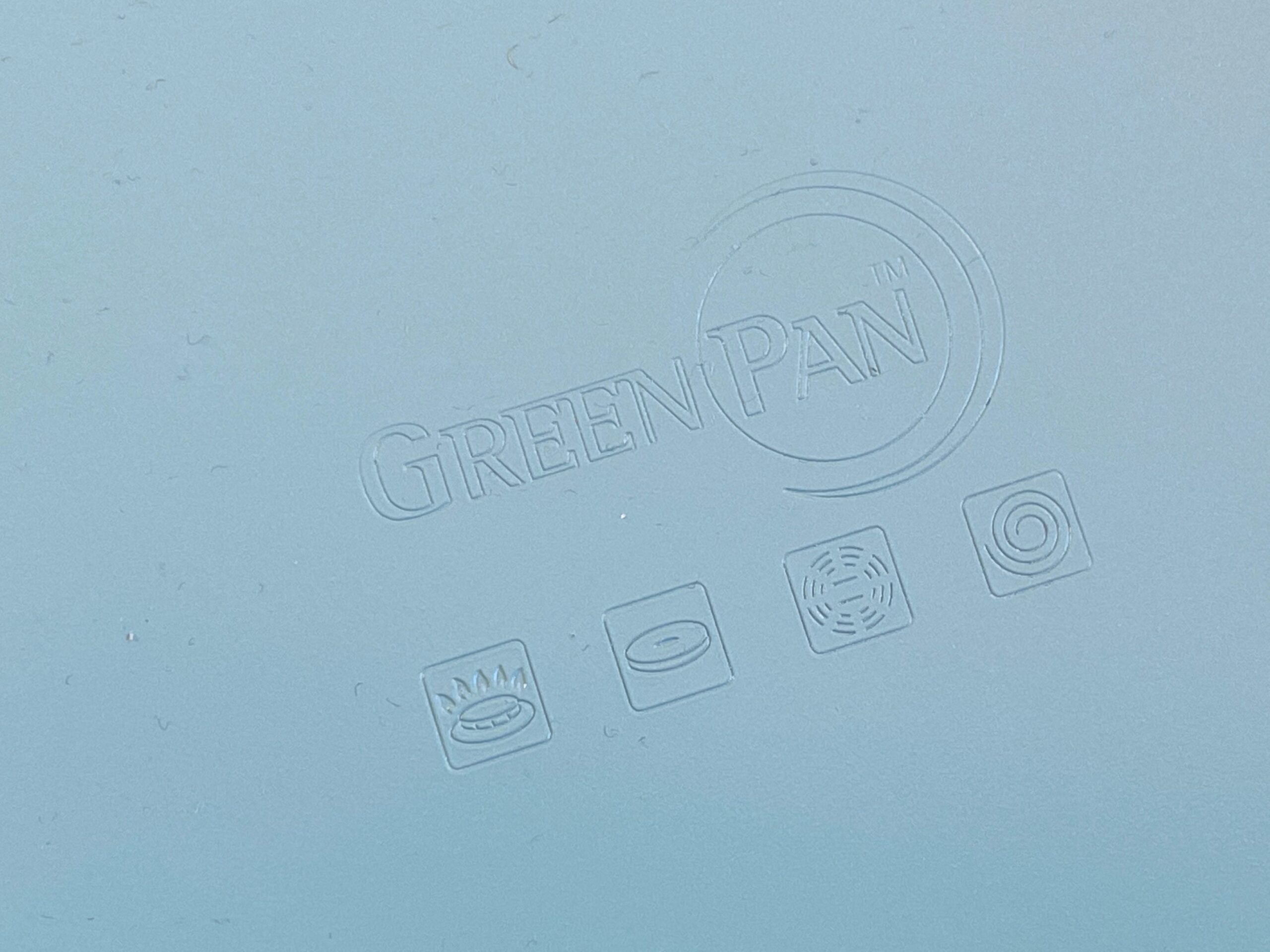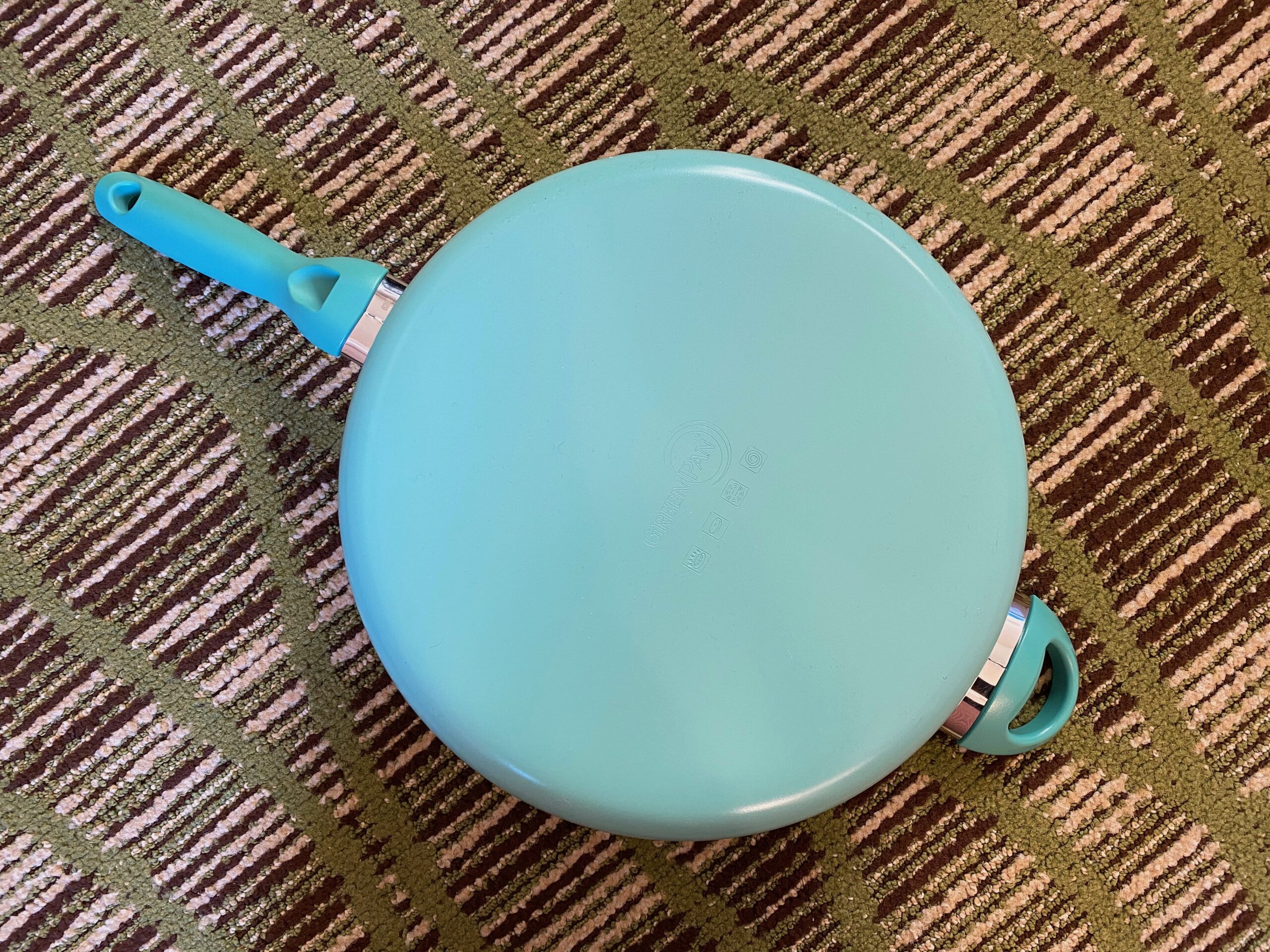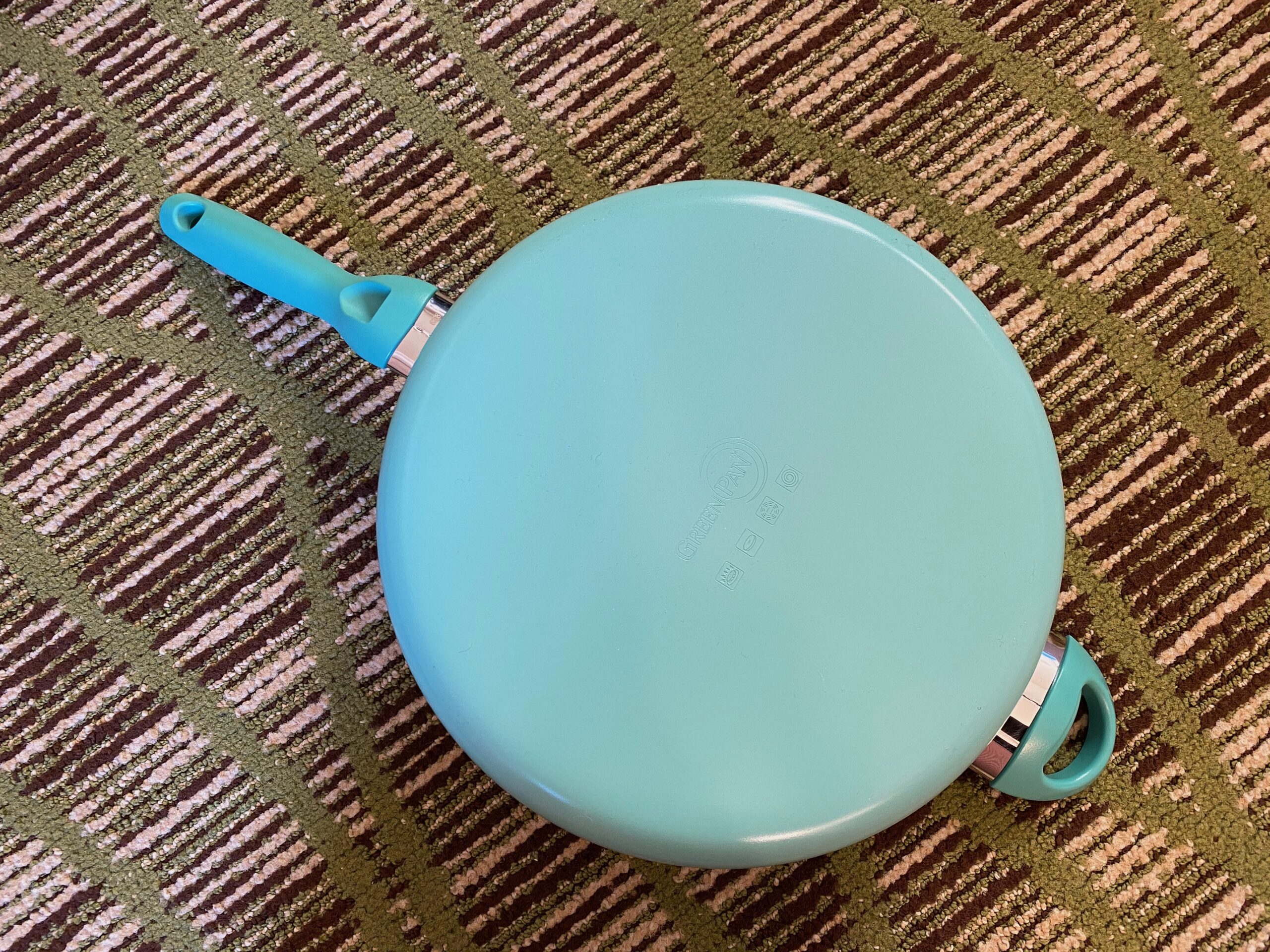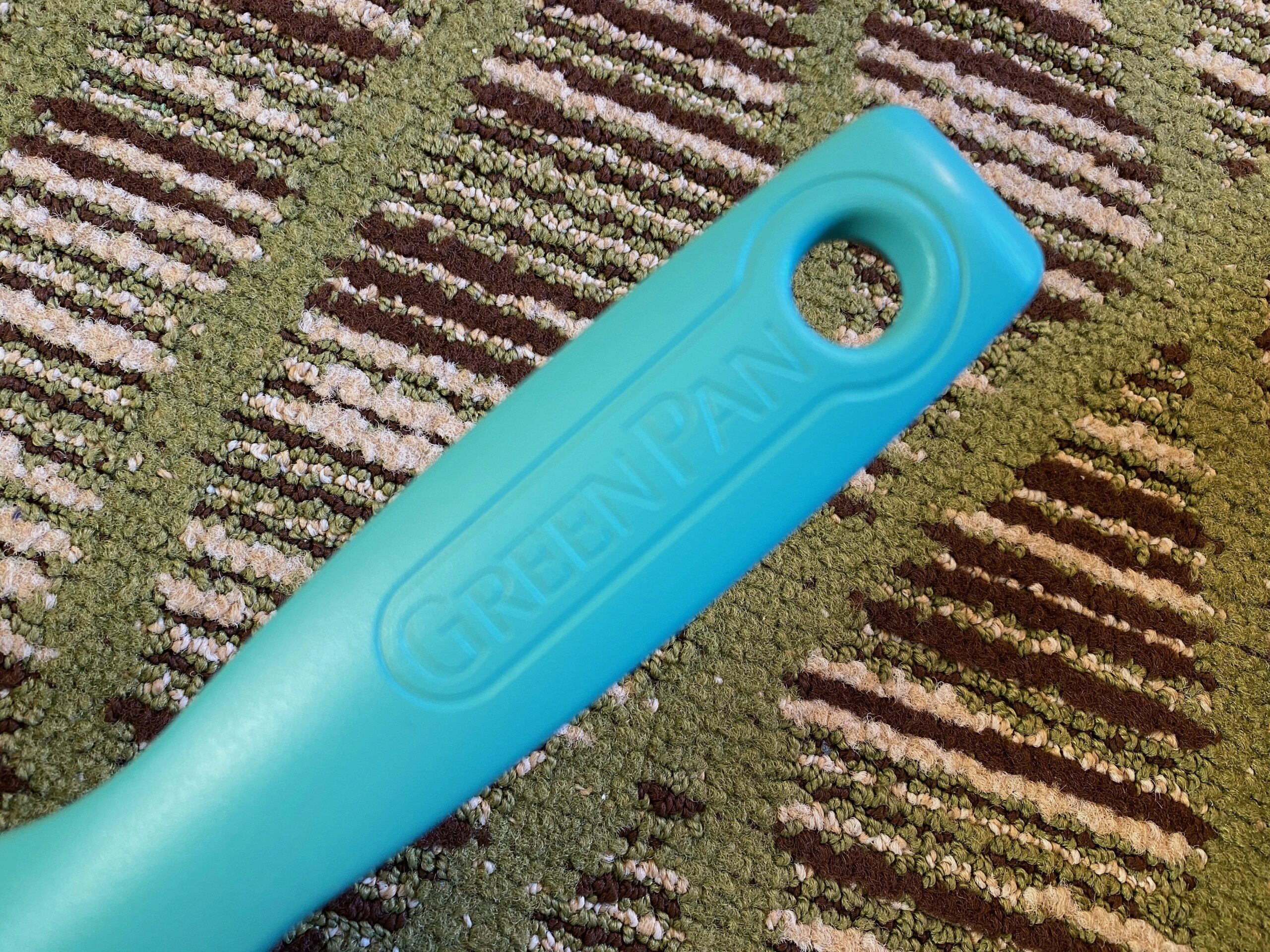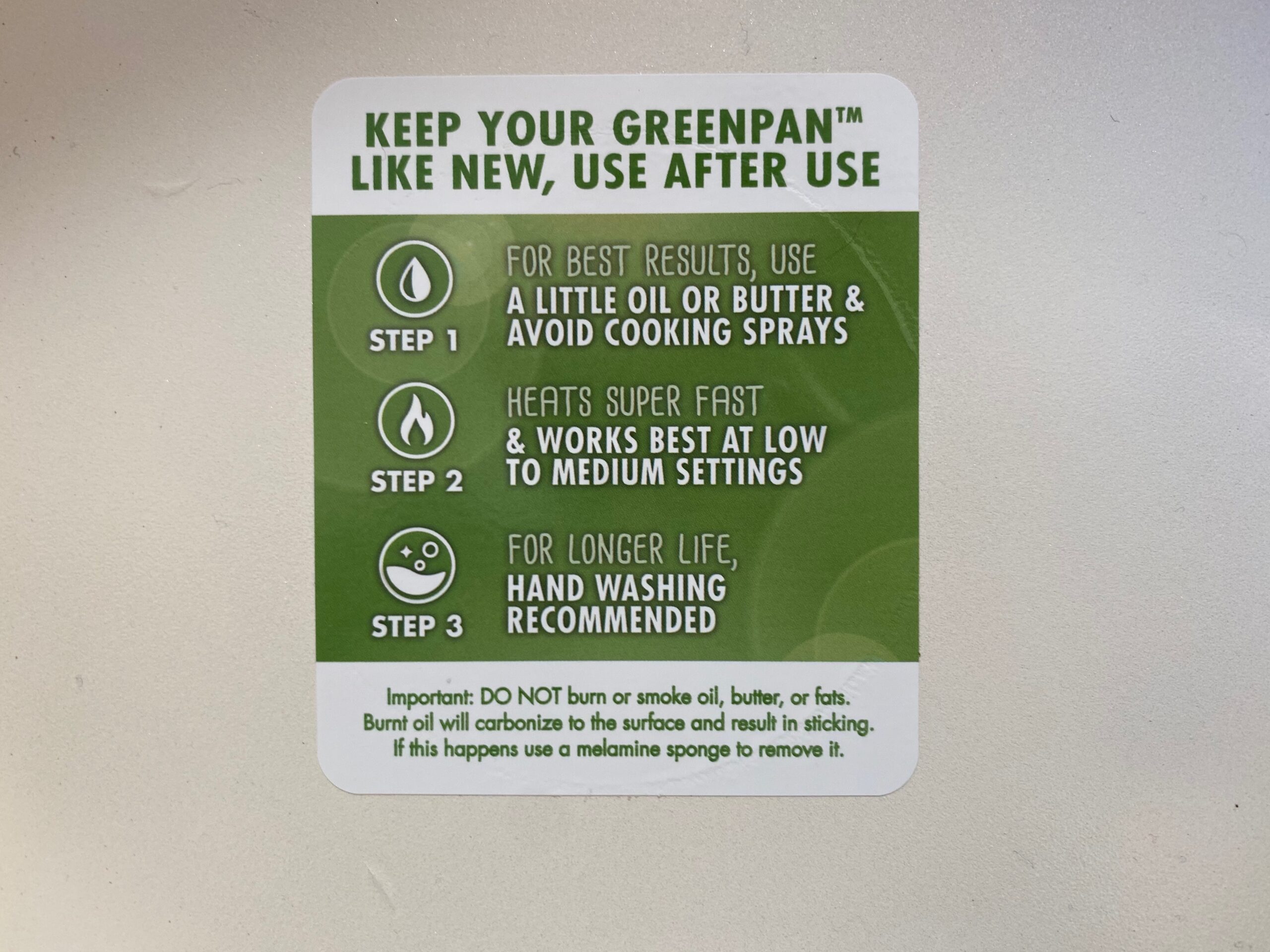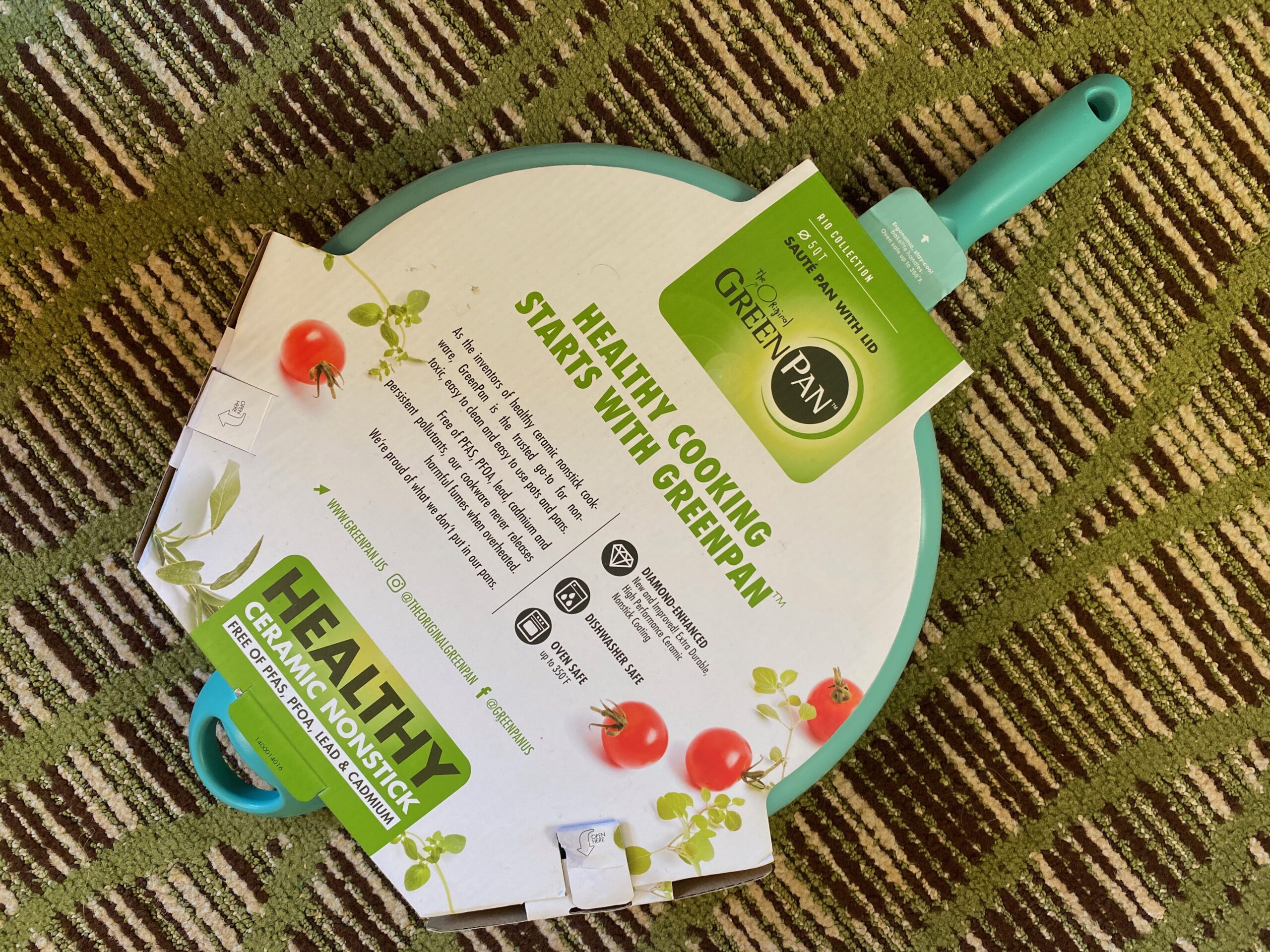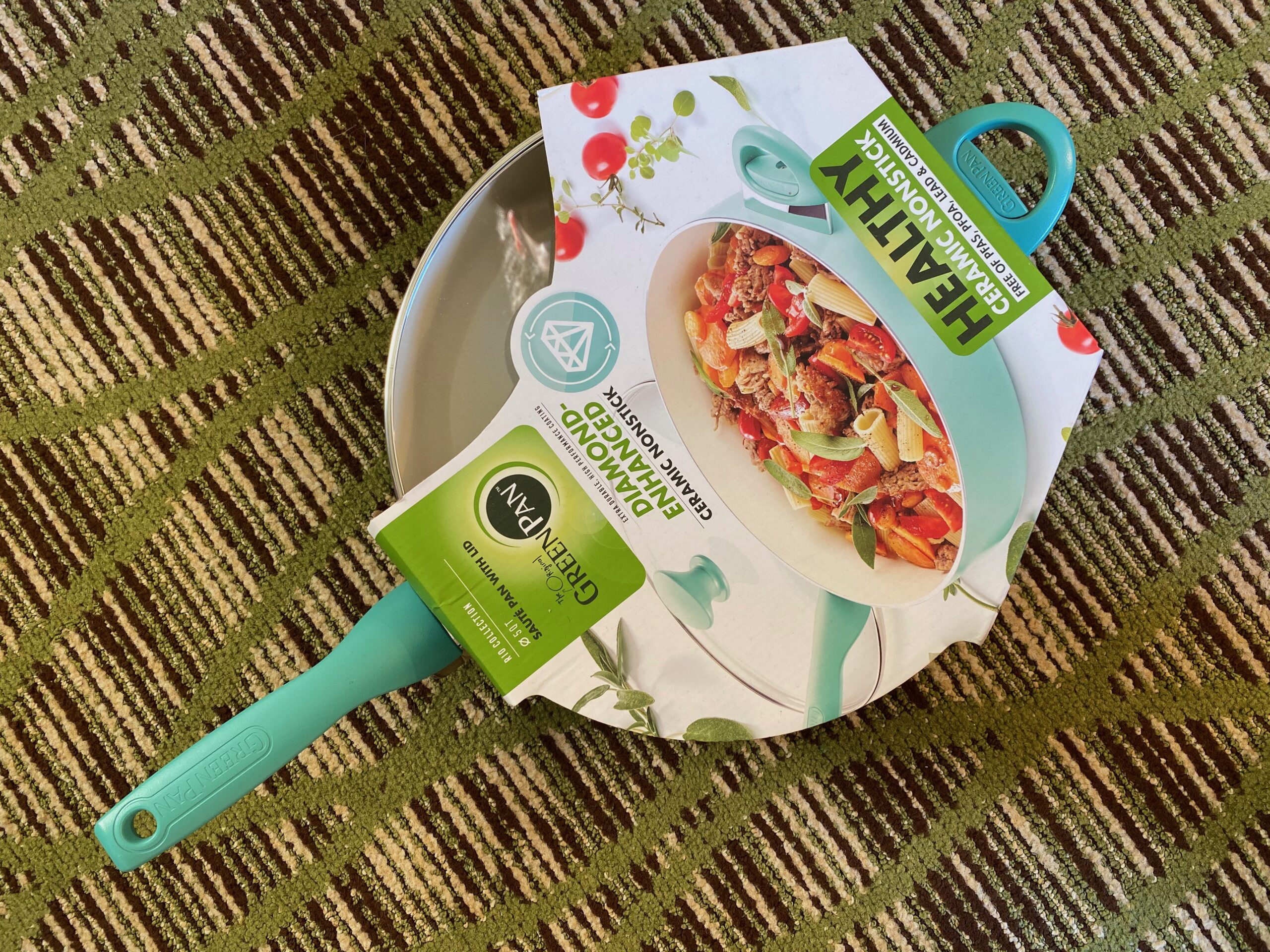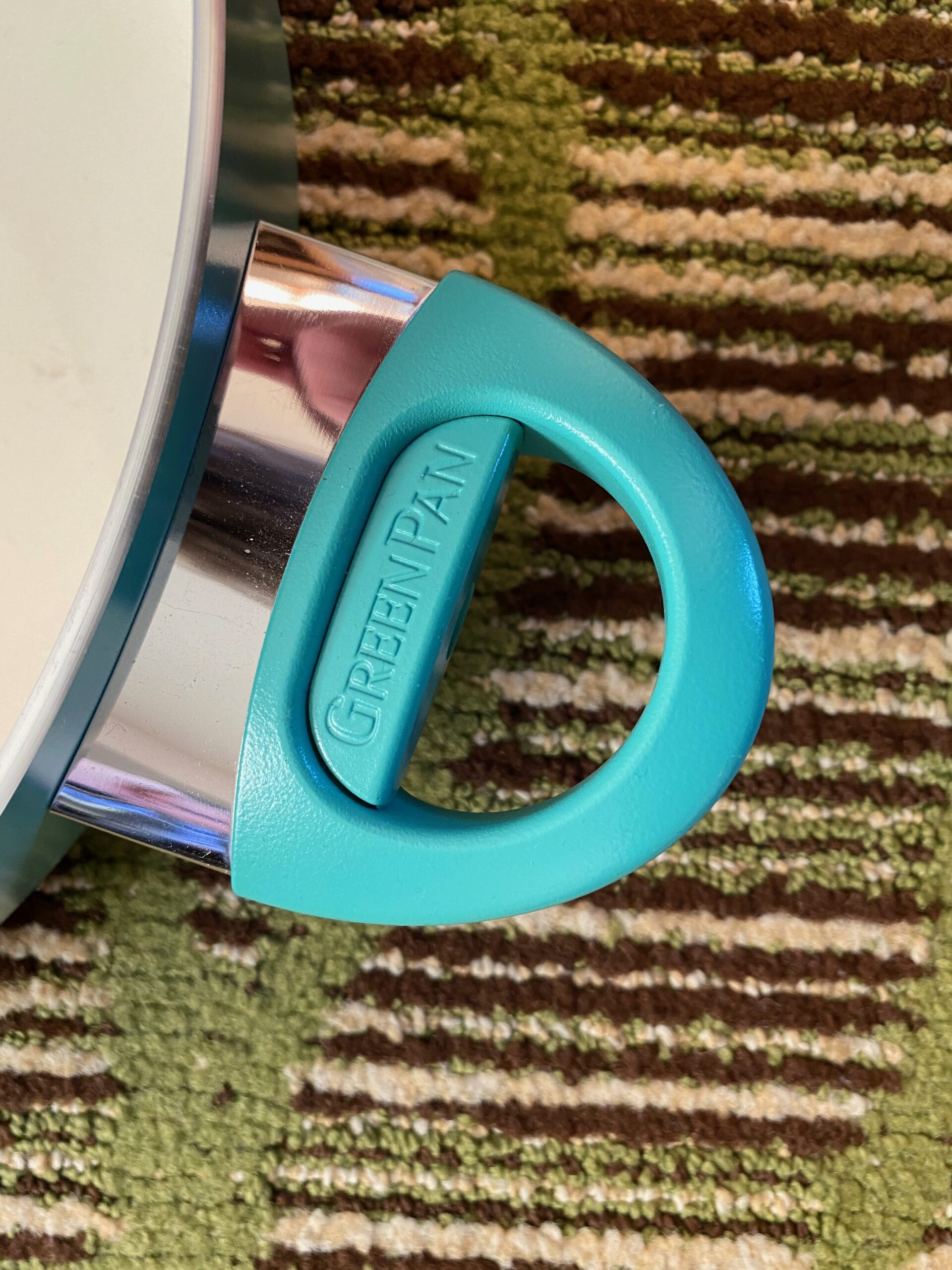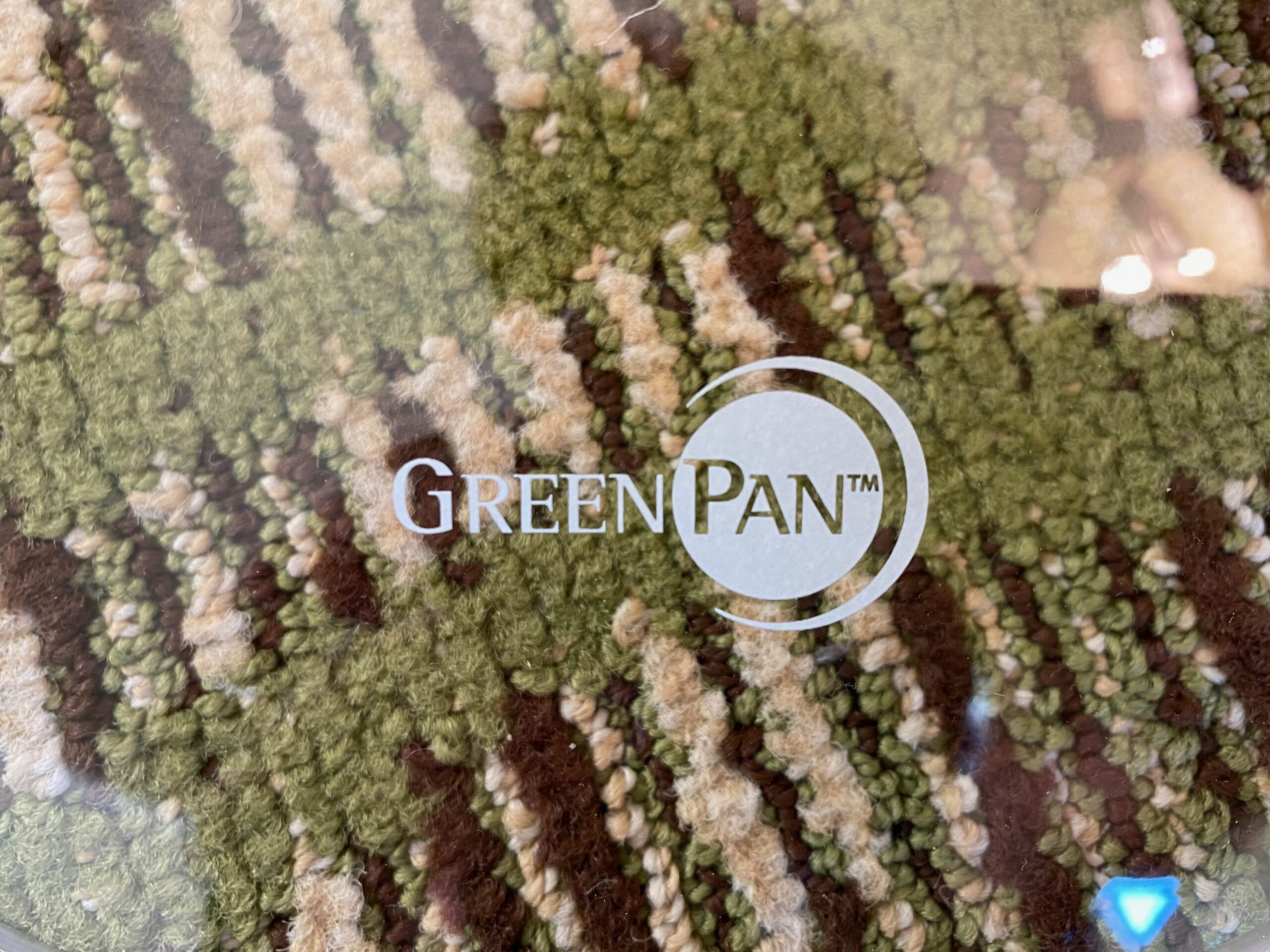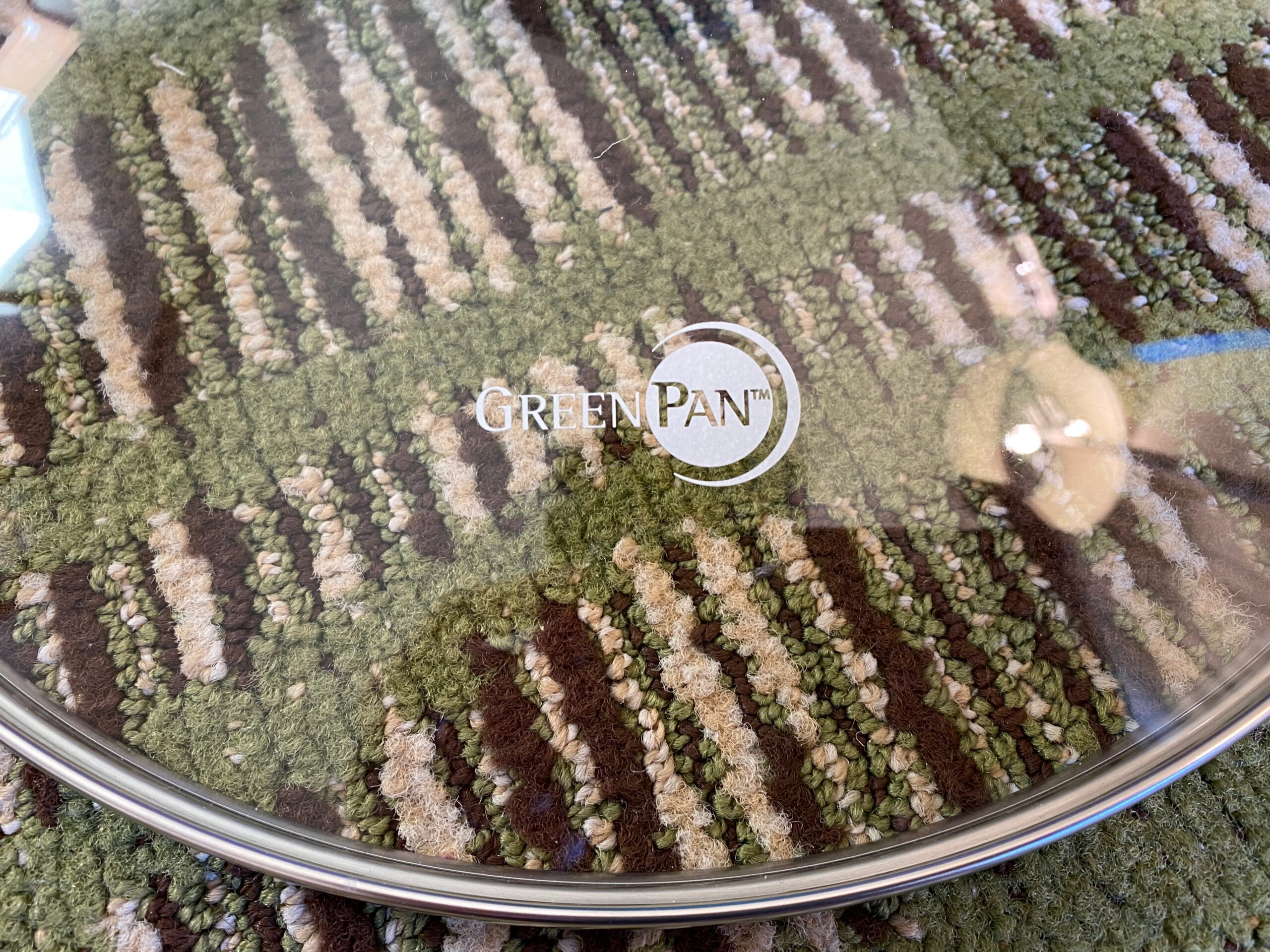Green Pan: Lead-free (although I don’t recommend it)! Aluminum substrate tests positive for trace levels of Antimony
For those new to this website:
Tamara Rubin is a multiple-federal-award-winning independent advocate for childhood Lead poisoning prevention and consumer goods safety, and a documentary filmmaker. She is also a mother of Lead-poisoned children (two of her sons were acutely Lead-poisoned in 2005). Since 2009, Tamara has been using XRF technology (a scientific method used by the U.S. Consumer Product Safety Commission) to test consumer goods for toxicants (specifically heavy metals — including Lead, Cadmium, Mercury, Antimony, and Arsenic). Tamara’s work was featured in Consumer Reports Magazine in February 2023 (March 2023 print edition).
January 23, 2021 — Saturday
Well! Hello there. Happy Saturday! If you have been following my website for the past few months, you know that I purchased one of these pans for XRF testing and reporting here on LeadSafeMama.com. I specifically chose the pan pictured because I thought it might test positive for Lead — primarily because of the white painted logo on the glass lid (as that component is often overlooked by cookware manufacturers that sell and market their products as “non-toxic”).
I was happily disappointed to learn that the painted logo on the lid is painted with Lead-free paint! This is “exciting” — because it demonstrates that if GREEN PAN can do it, then all of the milk bottle companies, baby bottle companies, and others who have been insisting on using Lead paint for their painted markings on glass can make Lead-free choices for those markings instead! So, HA! As recently as just two weeks ago I had a representative of a baby food container company insist to me that “there is no such thing as Lead-free painted markings for glass” … this is another example that definitively proves this statement incorrect!
Q. So Tamara, do you recommend this pan? It is Lead-free!
A: “No.”
- You will never find me recommending a pan with any kind of nonstick coating.
- All nonstick coatings eventually scratch and expose the food to whatever the substrate is.
- I would never recommend a pan with an aluminum substrate.
- When the nonstick coating wears it goes into your food and, in my opinion, the long-term implications of ingesting micro-particulates of all the things found in these new types of “non-toxic” coatings are still unknown.
- When the coating is worn off (even if just in some areas) you are essentially cooking on whatever the substrate is. In this case, that is aluminum. At this point, would you choose to cook in an aluminum pan?
- With the rate of wear of these pans (and therefore the need for frequent replacement), they are bad for the environment across the board — as after just a few years of normal daily use you would need to replace them due to the worn coating. Products like this are therefore filling up landfills as they are following the production philosophy of many products made today: They are made to be discarded after an artificially short service “life,” so that the consumer will need to buy many replacements (as opposed to being a lifetime heirloom, which is more likely to protect both the user and the planet if it is an heirloom made without toxicants)!
So what products DO you recommend for cooking, Tamara?
I always recommend a blend/ rotation of three specific types of cookware:
- Plain, simple, high-quality undecorated clear glass (this link is to a brand I have not yet tried, but it looks like a good choice)! New clear glass products from Pyrex and Duralex are also great choices.
- Plain, simple, high-quality undecorated cast iron.
- Plain, undecorated, high-quality stainless steel (low-nickel, if you have a Nickel allergy).
Each of the above points is a link to an example on Amazon.
Amazon links are affiliate links. If you purchase something after clicking on one of our links, Lead Safe Mama may receive a small percentage of what you spend at no extra cost to you.
XRF test results for the GREEN PAN product pictured:
Interior food surface of the pan (white)
180-Seconds
- Barium (Ba): 1,220 +/- 200 ppm
- Chromium (Cr): 126 +/- 59 ppm
- Antimony (Sb): 66 +/- 40 ppm
- Iron (Fe): 2,361 +/- 177 ppm
- Titanium (Ti): 51,900 +/- 900 ppm
The exterior surface of the pan (green)
60-Seconds
- Barium (Ba): 1,792 +/- 500 ppm
- Zinc (Zn): 1,965 +/- 171 ppm
- Nickel (Ni): 3,757 +/- 249 ppm
- Iron (Fe): 2,657 +/- 331 ppm
- Titanium (Ti): 21,300 +/- 2,000 ppm
Painted logo on the glass lid (white)
60-Seconds
- Barium (Ba): 1,575 +/- 220 ppm
- Selenium (Se): 34 +/- 13 ppm
- Tin (Sn): 157 +/- 30 ppm
- Zinc (Zn): 3,360 +/- 107 ppm
- Iron (Fe): 429 +/- 92 ppm
- Bismuth (Bi): 25 +/- 12 ppm
- Titanium (Ti): 28,800 +/- 900 ppm
Plastic handle/knob on glass lid (green)
30-Seconds
- Barium (Ba): 574 +/- 284 ppm
- Iron (Fe): 538 +/- 105 ppm
- Titanium (Ti): 14,600 +/- 900 ppm
Plastic handle on the side of the pan (green)
30-Seconds
- Iron (Fe): 475 +/- 77 ppm
- Titanium (Ti): 14,600 +/- 900 ppm
Edge of the pan (exposed Aluminum substrate)*
120-seconds
- Barium (Ba): 3,382 +/- 521 ppm
- Antimony (Sb): 201 +/- 94 ppm
- Selenium (Se): 31 +/- 17 ppm
- Tin (Sn): 121 +/- 62 ppm
- Nickel (Ni): 120 +/- 65 ppm
- Iron (Fe): 3,616 +/- 284 ppm
- Titanium (Ti): 3,750 +/- 263 ppm
Antimony? What’s the story with Antimony? Why is this a concern?
The exposed raw Aluminum edge of the pan is very difficult to test using a handheld XRF instrument. I have purchased another one of these pans to double-check this finding and will have my husband grind off the surface coating of this second pan so I can get a clear XRF reading of all of the additional metals found in the primarily aluminum substrate. I would like to reiterate, however, that preliminary testing did find Antimony (Sb) at 201 +/- 95 ppm on the exposed edge, which seems to be consistent with the Antimony reading on the food surface of the pan (at 66 +/- 40 ppm).
What this means is that there is likely not any Antimony in the pan coating and the Antimony reading (if confirmed with additional testing) is likely a contaminant of the aluminum substrate. Again (to be super clear about this), I would like to do additional destructive testing of pans from this brand to confirm the preliminary findings of the presence of Antimony (or other metals) in the substrate. In my opinion, Antimony (which is known to cause cancer in rats) should not be found anywhere in our cookware. However, I have found Antimony (in varying levels) in quite a few enamel-coated pots and pans (and in other pots and pans as well). Antimony is a primary metallic ingredient in some flame retardant compounds which is why it is likely found in some enamels and coatings. In aluminum — at the levels detected — it is likely there not as an intentionally added ingredient, but more likely as a contaminant of the manufacturing process. I have ordered a second Green Pan product to do this experiment and will update this article with more information ASAP.
As always, Thank You for reading and for sharing this work. I will likely update this piece soon with more links and information, however, in the meantime, please check out the following links if you have questions:
- The testing methodology for all the test results we report here on the website.
- A video showing you how to search the site most efficiently, given there are over 2,700 articles and pages here.
- My documentary feature film on childhood Lead poisoning.
Please let me know if you have any questions. With over a million unique readers in 2020 alone, I am not always able to answer each and every question personally, but I do try!
Tamara Rubin
#LeadSafeMama
Amazon links are affiliate links. If you purchase something after clicking on one of our links, Lead Safe Mama, LLC may receive a small percentage of what you spend at no extra cost to you. 










Never Miss an Important Article Again!
Join our Email List









